This is a
linocut portrait of Maria Sibylla Merian (1647-1717), leading
entomologist of her day, traveller and scientific illustrator. She is
shown complete with pomegranate branch and the life cycle of a morpho butterfly
from caterpillar, to chrysalis in its cocoon to butterfly, inspired by
her famous work '
Metamorphosis insectorum Surinamensium' - a process she
carefully documented and explained. Each print is 11" by 14" (27.9 cm
by 35.6 cm), on white Japanese kozo paper with collaged or "chine-collé"
hand printed Japanese papers in beige, umber for the cocoon,
caterpillar and two views of the butterfly in umber and blue.
The German-born
naturalist came from a Swiss family who founded one of one of Europe's
largest publishing houses in the 17th century. This allowed her early
access to many books on natural history. After she lost her father at
age three, and her mother remarried still life painter Jacob Marrel.
Her step-father and his students trained her as an artist. She began
painting insects and plants by 13. She wrote, "I spent my time
investigating insects. At the beginning, I started with silk worms in my
home town of Frankfurt. I realized that other caterpillars produced
beautiful butterflies or moths, and that silkworms did the same. This
led me to collect all the caterpillars I could find in order to see how
they changed".
She married her step-father's apprentice Johann
Andreas Graff, they had a daughter Johanna Helena, and moved to his home
city of Nurenburg. She was able to contribute to the family income by
painting, creating embroidery designs, and teaching drawing lessons to
unmarried daughters of wealthy families, something which also allowed
her access to the finest gardens where she continued collecting and
documenting. She published her first book of natural illustrations,
titled Neues Blumenbuch, in 1675 at age 28. In 1679, she first published
her insect research in a two-volume, illustrated book focusing on
insect metamorphosis. She moved twice to be with her mother after her
step-father's death, then to join her half-brother at a Labadist
religious community. She also split with her husband. After her mother's
death, she moved to Amsterdam in 1691 and divorced her husband in 1692.
In Amsterdam, she was able to observe some of the collections
of insects which had been brought back from Suriname. She became
curious whether the life cycles of the exotic butterflies and other
insects mirrored those Europe species she knew well. She was able to
secure the city of Amsterdam's permission and and travel grant to travel
to Suriname in South America, along with her younger daughter Dorothea
Maria. She further funded her travels by selling 255 paintings. She
planned a five year mission to study insects, making her perhaps the
first person to plan a proper scientific expedition!
She
travelled throughout the colony sketching insects and plants. She
criticized the Dutch planters treatment of indigenous people and black
slaves (though she relied upon amerindian slaves in her residence and
her excursions, and brought a young amerindian woman named Indianin back
with her to Holland). She used local native names for the plants and
described local uses. Malaria likely cut her expedition short and forced
her return to the Dutch Republic in 1701. She sold her collected
specimen and in 1705 she published
Metamorphosis Insectorum
Surinamensium about the insects of Suriname.
She suffered a
stroke in 1715 which left her partially paralysed and died a pauper in
1717. Her daughter Dorothea published
Erucarum Ortus Alimentum et
Paradoxa Metamorphosis, a collection of her mother's work, posthumously.
Both Dorothea and Johanna followed their mother's lead and became
botanical illustrators.
Modern scholars now appreciate her
pioneering scientific work as well as the beauty of her scientific
illustrations. During her life time insects were still reviled and
people still put credence in the Aristotelian idea that they were
spontaneously generated or "born of mud". She meanwhile detailed the
life cycle of 186 species and explained the poorly-understood or even
unknown process of metamorphosis. Science was conducted in Latin and her
publications were in the vernacular, making them more popular with high
society than contemporary scientists. Despite her knowledge and
original research contributions she was not really recognized as a
scientist in her day (though Carl Linnæus (1707-1778), father of
taxonomy, did cite her in his
Systema Naturæ of 1753). It was very
unusual for a woman in her day to pursue science, let alone travel the
world in its pursuit. She was able to do so because she began her
studies with the accessible - animals she could find in her own
backyard, and become the leading expert on metamorphosis. During her
great expedition, she also noted their habitats, feeding habits and uses
to indigenous people. Her classification of butterflies and moths are
still relevant today. She detailed plants, frogs, snakes, spiders,
iguanas, and tropical beetles and was the first European to describe
both army ants and leaf cutter ants as well as their effect on other
organisms.
Her work had a strong influence on future scientific
illustration. Her work shows great accuracy and she was the first to
illustrate the complete life cycle of insects. In her time, funding her
expedition and her unladylike devotion to insects was ridiculed, but she
is remembered as one of the best insect and flower illustrators of all
time. Her daughters and student Rachel Ruysch (1664-1750) all went on to
be renown botanical illustrators.
Shortly after her death, Peter
the Great saw and purchased a large number of her works in Amsterdam.
Her portrait was printed on the 500 DM note before Germany converted to
the euro. Her portrait has also appeared on a 0.40 DM stamp and two
American 32 cent stamps. Many schools, place names, a scientific
research vessel and a crater on Venus have been named in her honour.
One
last tidbit (or two) for you history of science buffs: Dorothea's daughter,
Maria Sibylla Merian's granddaughter married mathematician Leonhard
Euler (1707-1783). Maria Sibylla Merian was also first cousin to Jacob
Christoph Le Blon (1667-1741), painter and engraver who invented the
four colour printing process (using an RYBK color model similar to the
modern CMYK system).



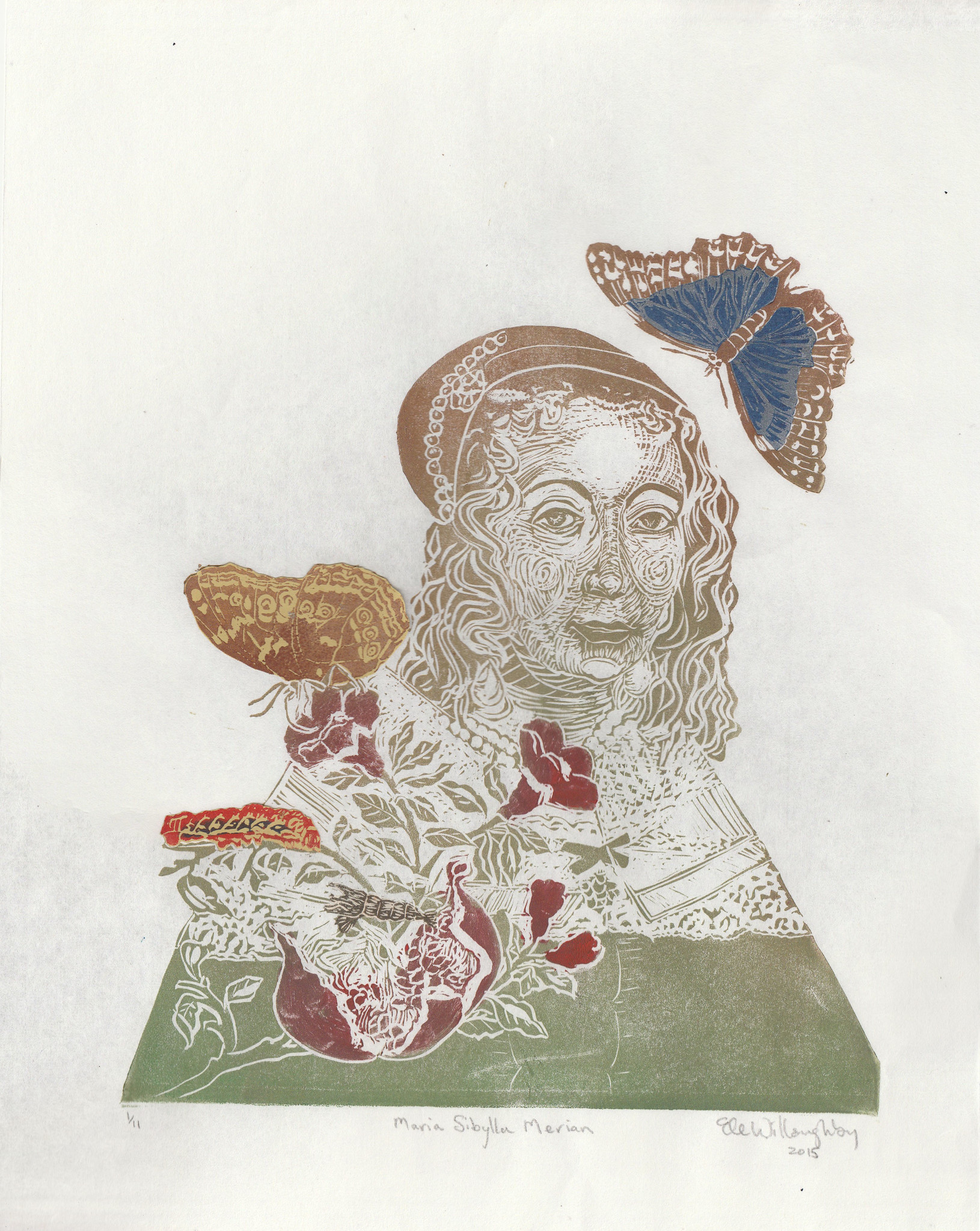

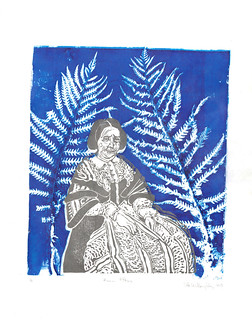


 Our enthusiastic fans began arriving at 5:30 am for a chance at getting a swag bag! This is the line outside MaRS at 7:30 am, when we already had 69 lucky people who would get one of the 100 swag bags. The swag bags were pretty awesome. I saw some of the incredibly generous donations from sellers before the bags were stuffed and was blown away... in fact, I started to worry that my swag offerings were inadequate. Some people really outdid themselves. (photo: Ele Willoughby)
Our enthusiastic fans began arriving at 5:30 am for a chance at getting a swag bag! This is the line outside MaRS at 7:30 am, when we already had 69 lucky people who would get one of the 100 swag bags. The swag bags were pretty awesome. I saw some of the incredibly generous donations from sellers before the bags were stuffed and was blown away... in fact, I started to worry that my swag offerings were inadequate. Some people really outdid themselves. (photo: Ele Willoughby)



 I've even failed to mention other shows. My portrait of Charles Keeling was in Art.Science.Gallery's show about climate change, 'From the Mountains To the Sea'.
I've even failed to mention other shows. My portrait of Charles Keeling was in Art.Science.Gallery's show about climate change, 'From the Mountains To the Sea'. (thanks to some unsolicited but well-intentioned "help" we ended up with a broken frame). I was managing okay with our jerry-rigged set-up until after lunch, when the light rain turned to violent, gusting wind and a sudden storm. It was the sort of weather where all sane people go inside. I was there by myself and called RJH for help. I didn't even have proper walls; we had suspended tarps. We ended up with the two of us holding the tent down, so it didn't fly away with the baby in the stroller in the middle of the tent to stay dry and safe. When the rain let up a little, I ran home with the baby and called my mother for help. She was able to babysit, so I could return... but by that point everyone was closing for the day and all I could do was mop up the mess. While I had to go through all of my prints and dry them off, damage was minimal because they are sealed in plastic envelops. It was just nerve-wracking. My friend Queenie said it was her first and last outdoor show. Maybe the risk of weather just isn't worth it for those of us who make paper goods. Luckily, the Sunday was beautiful. RJH re-jigged the tent with new and more thorough tarps. Hilariously, I had a raccoon visitor in my tent, presumably there to check out my raccoon high five prints.
(thanks to some unsolicited but well-intentioned "help" we ended up with a broken frame). I was managing okay with our jerry-rigged set-up until after lunch, when the light rain turned to violent, gusting wind and a sudden storm. It was the sort of weather where all sane people go inside. I was there by myself and called RJH for help. I didn't even have proper walls; we had suspended tarps. We ended up with the two of us holding the tent down, so it didn't fly away with the baby in the stroller in the middle of the tent to stay dry and safe. When the rain let up a little, I ran home with the baby and called my mother for help. She was able to babysit, so I could return... but by that point everyone was closing for the day and all I could do was mop up the mess. While I had to go through all of my prints and dry them off, damage was minimal because they are sealed in plastic envelops. It was just nerve-wracking. My friend Queenie said it was her first and last outdoor show. Maybe the risk of weather just isn't worth it for those of us who make paper goods. Luckily, the Sunday was beautiful. RJH re-jigged the tent with new and more thorough tarps. Hilariously, I had a raccoon visitor in my tent, presumably there to check out my raccoon high five prints.

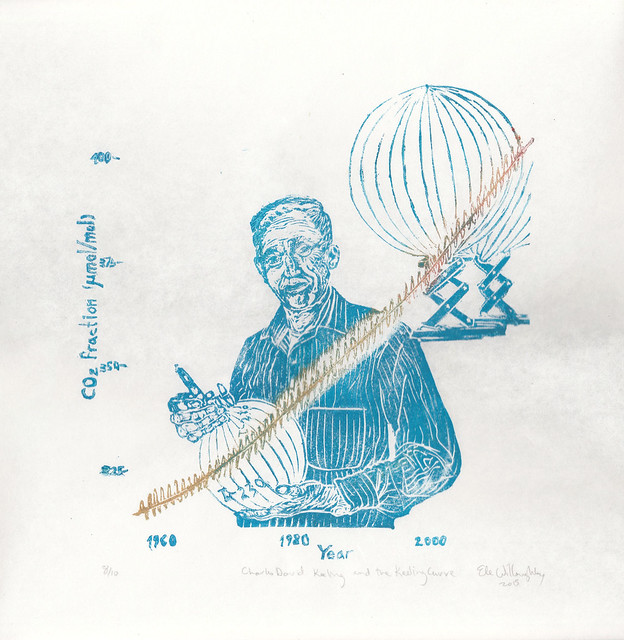
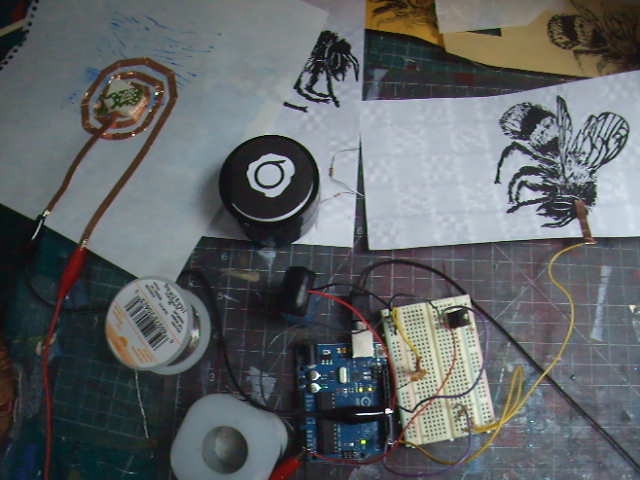
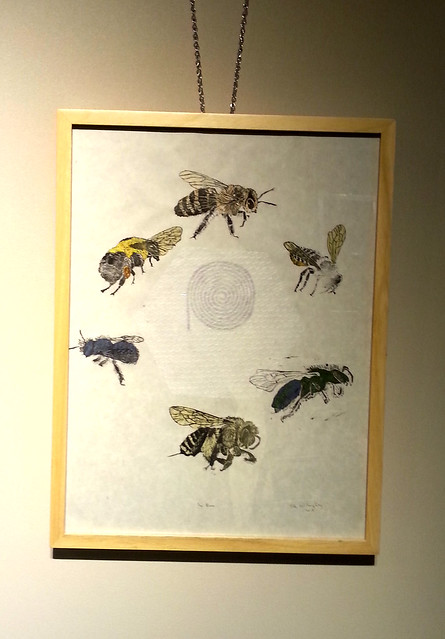

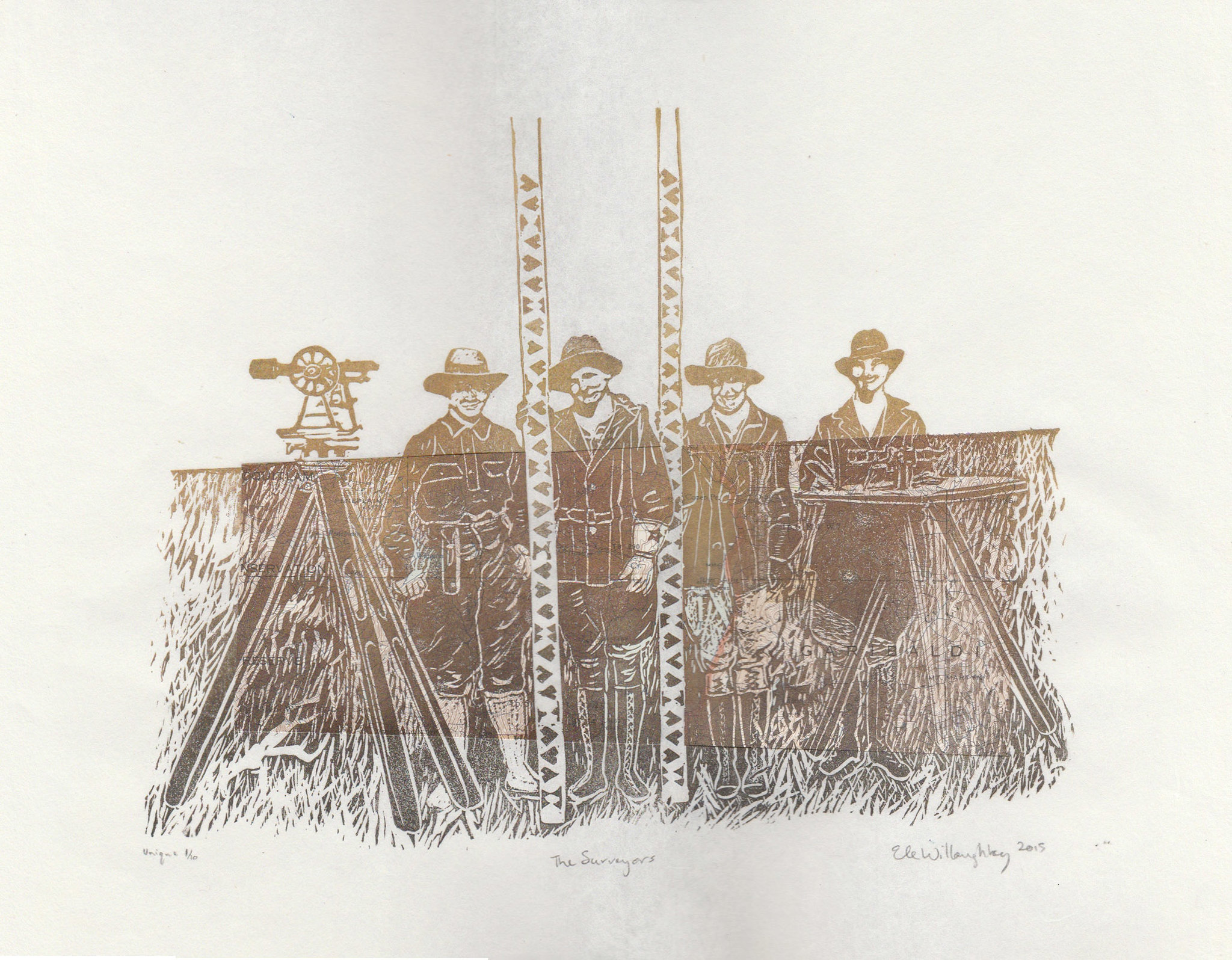


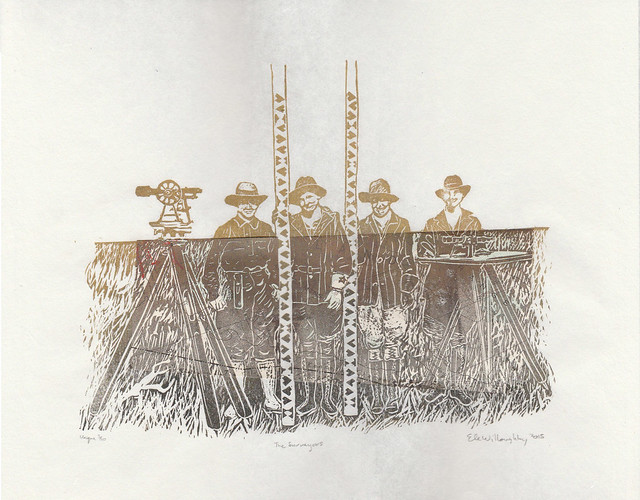
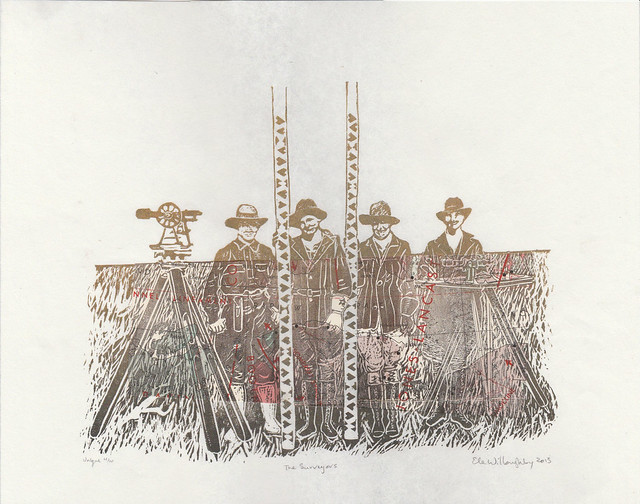
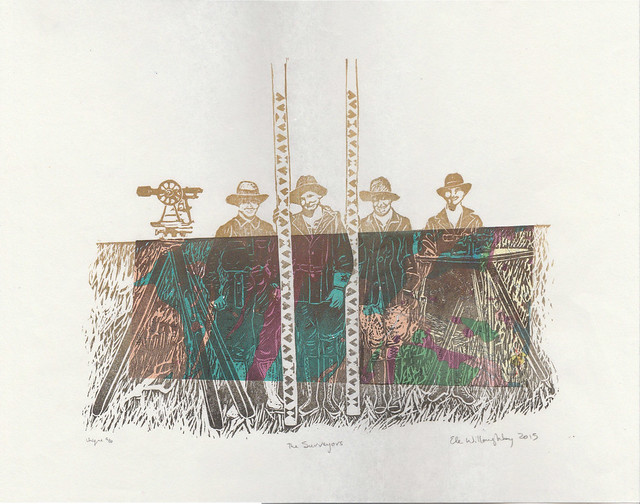
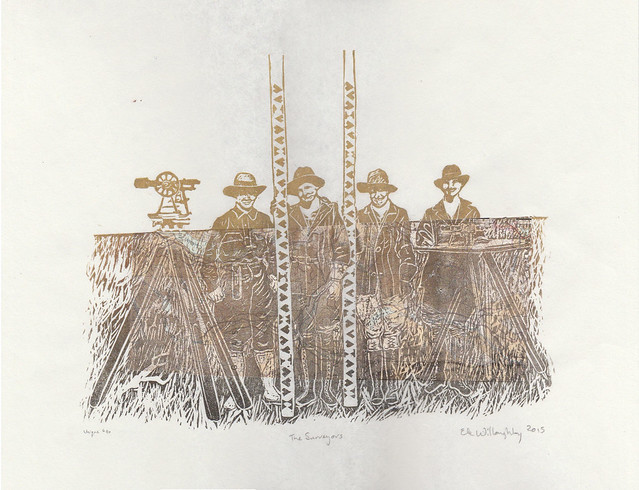
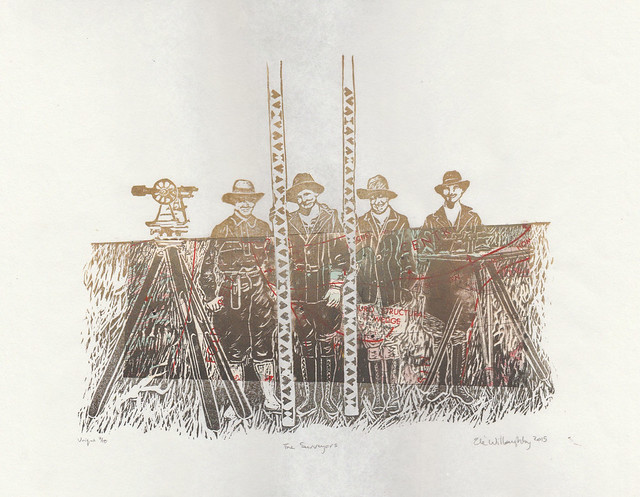
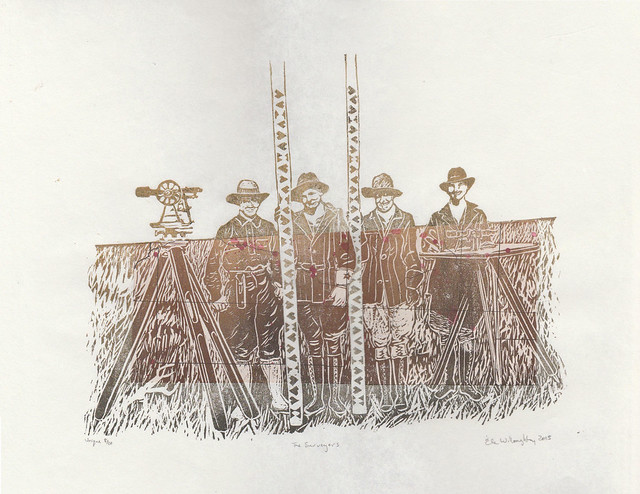


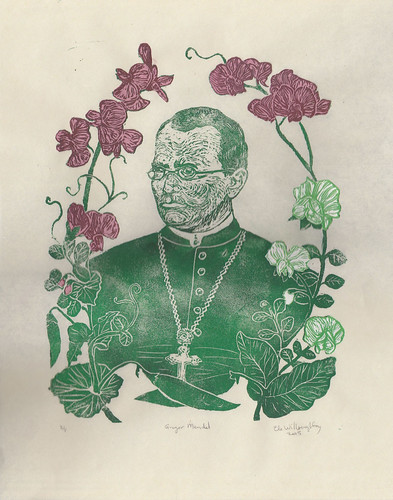
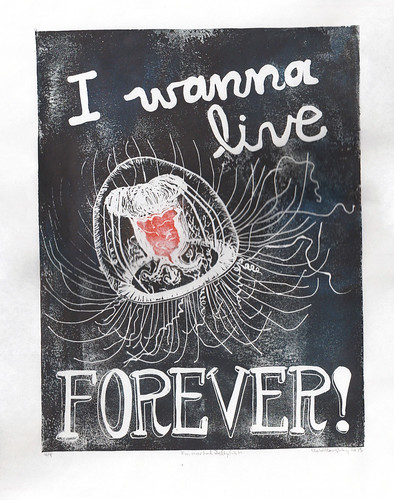

 My friend (and fellow TEST leader) Christine Pensa is co-curating a show about bees in June with the lovely women of Graven Feather gallery, so I'm planning to show my bee prints there, perhaps including some new ones. See Christine's Art That Moves blog for more information, or to apply to the show.
My friend (and fellow TEST leader) Christine Pensa is co-curating a show about bees in June with the lovely women of Graven Feather gallery, so I'm planning to show my bee prints there, perhaps including some new ones. See Christine's Art That Moves blog for more information, or to apply to the show.